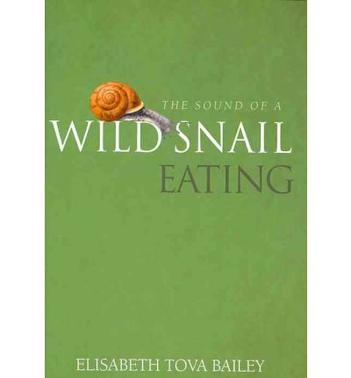
“ The sound was of someone very small munching celery continuously … the tiny intimate sound of the snail’s eating gave me a distinct feeling of companionship and shared space.”Īnd so the relationship between Bailey and the snail begins. Thinking somewhat guiltily that the snail can’t live on paper alone, she puts a few flower petals near it and later, in the silence that fills the room, she hears the snail chewing on them. When the snail starts to crawl out of the pot that evening, Bailey thinks she won’t see it again and falls asleep, but when she wakes, she sees it has returned to the same place and that the envelope nearby has a few small squares chewed out of it. Why should she enjoy a snail? How could she look after it when she couldn’t look after herself? She couldn’t even return it to the woods. She is left bemused, wondering what on earth she is to do with it. One day a friend brings her a potted field violet on which she has purposefully put a woodland snail for Bailey. Confined to bed, she experiences a loneliness that chronic illness can bring, when friends are unsure how to be around you, and she starts slipping into a dark place in her mind, experiencing panic attacks and great despondency. She has to move from her farm house into a studio flat to be closer to help, leaving her dog and her outdoor lifestyle behind.


In her 30s, Bailey contracts a debilitating neurological disorder that leaves her bedridden, barely able to sit up, let alone stand. This is one of the most enchanting books I have read a gentle, contemplative book that chronicles Elisabeth Tova Bailey’s year-long relationship with a snail.


 0 kommentar(er)
0 kommentar(er)
